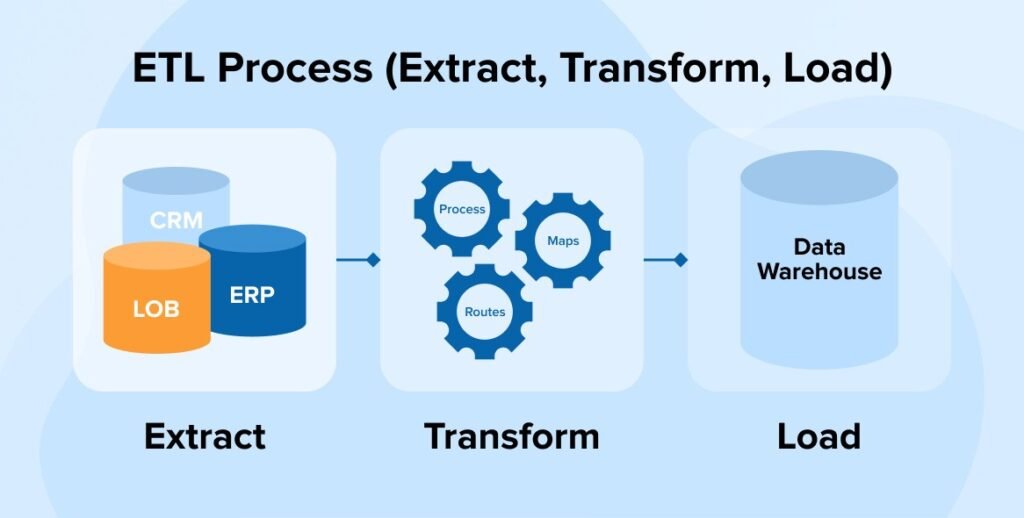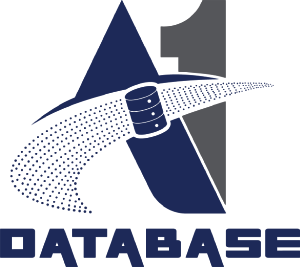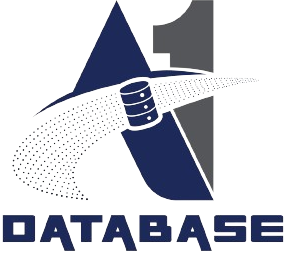- December 1, 2024
- by Admin
- Data Extraction
In essence, data extraction is the act of retrieving information from various sources, including websites, databases, and files. This can be accomplished either through manual efforts, which can be quite slow, or through complete automation using the right tools.
Data extraction represents the first stage in the ETL process (extract, transform, and load), often referred to as the “data ingestion” process, which is vital for preparing data for business intelligence or analytical tasks. In practical scenarios, the ETL process for revenue operations can be described as follows:
Extract – scrape company names and email addresses from publicly accessible sources.
Transform – filter and enrich your list, remove irrelevant entries, and format it appropriately for the outreach tool.
Load – upload your list into your cold email outreach tool, CRM, or database.

This ETL process initiates with the collection of raw data from multiple sources. While it is possible to carry out extraction and transformation manually, the most efficient approach involves the use of software that automates these functions. Such software can automatically gather, categorize, and purify the data for future storage and application.
For what purposes is data extraction utilized?
This tool empowers businesses to efficiently gather essential information from websites, databases, and other online platforms. This capability aids in recognizing trends and facilitates informed, data-driven decision-making.
Business development representatives typically spend around 20% of their time on data sourcing activities. By integrating automated data extraction tools, organizations can conserve substantial time that would otherwise be spent on manual data collection and entry. Additionally, automation reduces costs by liberating employee time and decreasing the need for expensive external or internal development resources. This ultimately enhances productivity and increases return on investment.
A case study from Captain Data demonstrates that sales representatives at one company managed to cut their time spent on daily tasks by 80%, thereby boosting process efficiency. Before adopting Captain Data, these representatives manually selected 25 profiles each day through Sales Navigator and documented them in a spreadsheet that included first name, last name, company name, LinkedIn profile URL, and message status. With Captain Data’s implementation, they automated this process, enabling each sales representative to extract up to 125 profiles per week.

